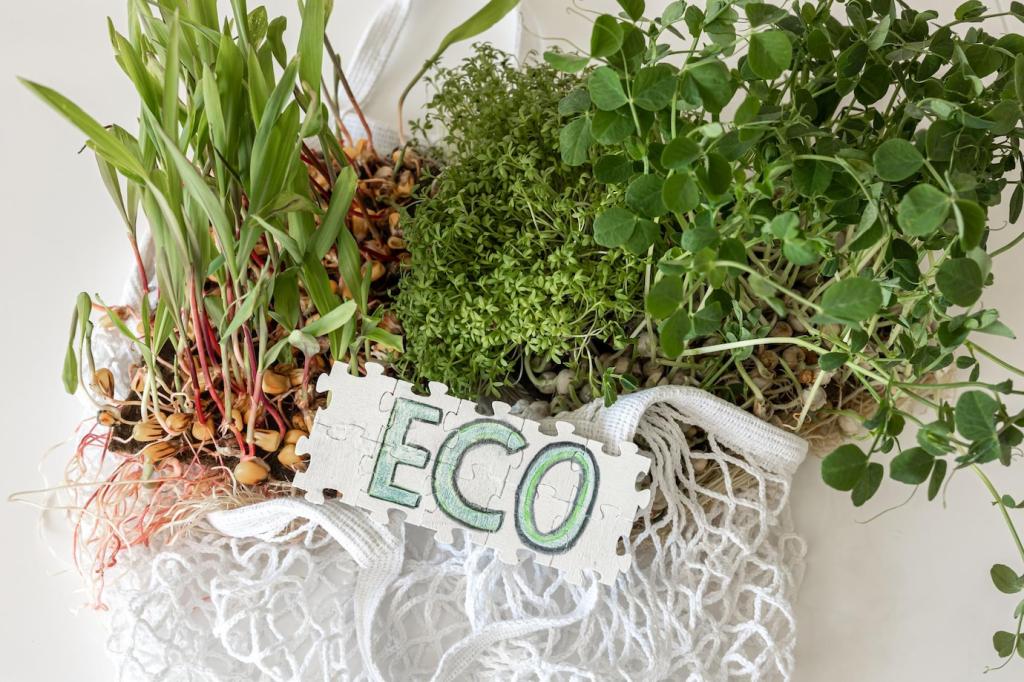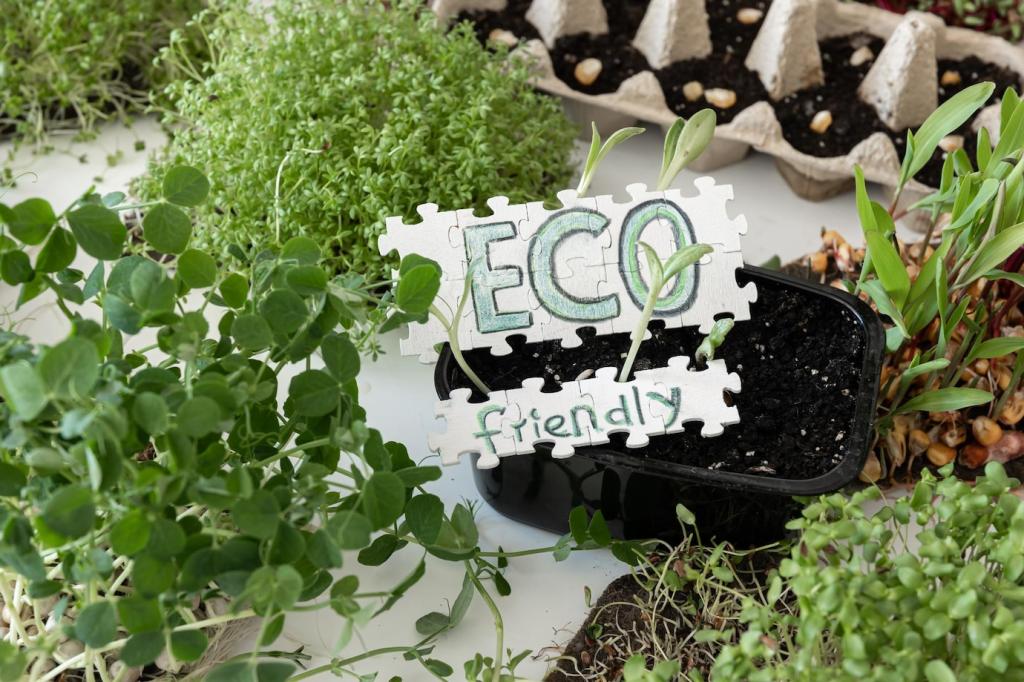Sustainable Woods and Bio-Based Panels
FSC-certified wood supports responsible forestry, while reclaimed boards save resources and add character. For framing, trim, or flooring, check moisture content and defects before purchase. Tell us your project room, and we’ll suggest profiles, finishes, and maintenance routines.
Sustainable Woods and Bio-Based Panels
Rapidly renewable bamboo and cork offer resilient, warm floors with unique aesthetics. Choose products with transparent adhesives and verified emissions. A reader favorite: prefinished cork tiles that feel soft, improve acoustics, and make bare feet happy—especially in home offices and nurseries.







